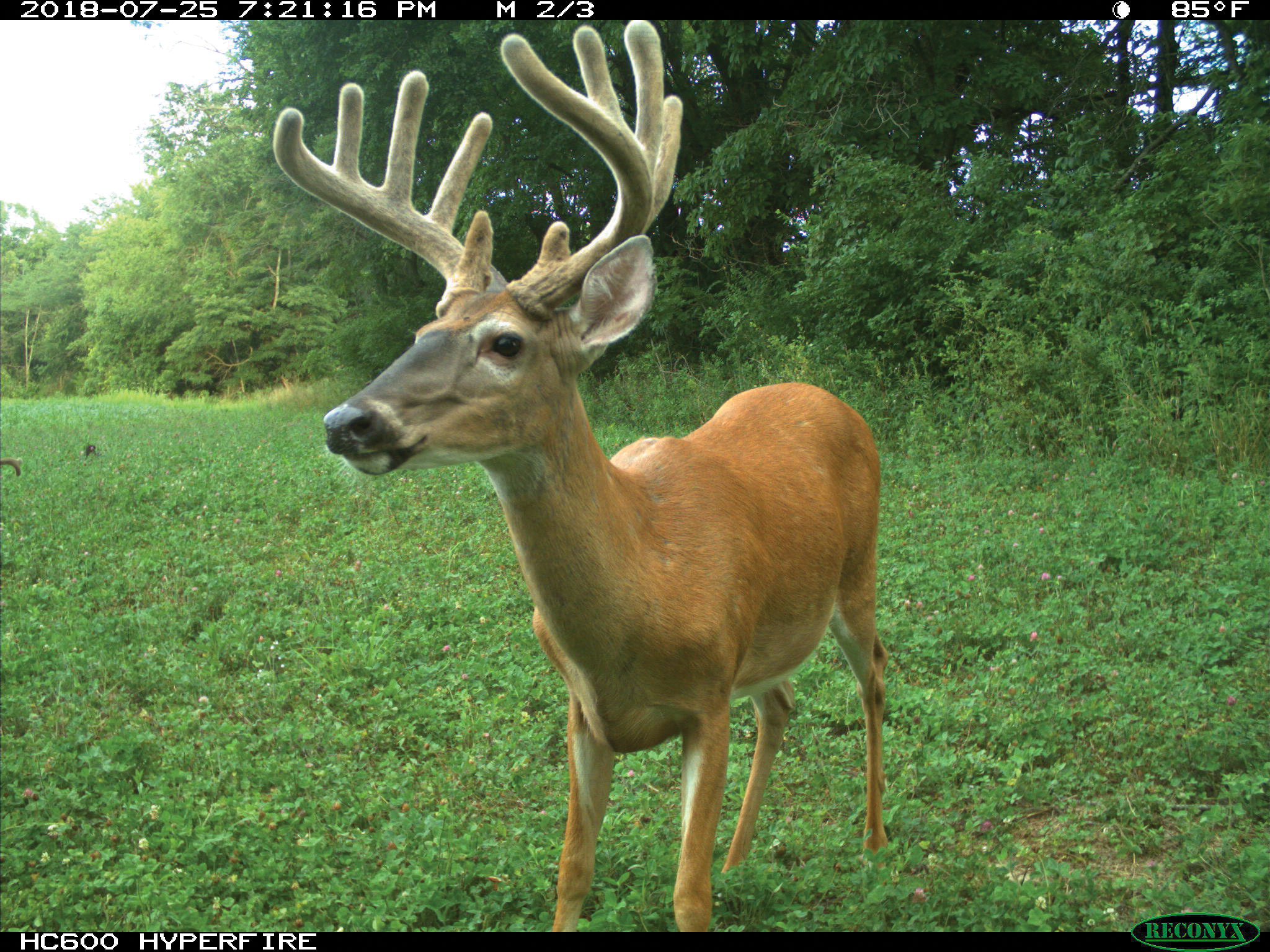During my 25+ years of planting food plots, I have found that I enjoy planting food plots just as much as I do hunting over them. That’s why I eagerly await getting my fall food plots started each year!
For me, when it comes to planting fall food plots, I do things a little differently than most people in regards to preparing the soil for a weed-free food plot. A few years back I was going crazy during the spring planting season. My food plot program consisted of 75% Antler King Trophy Clover and Chicory food plots, so I never had anything to do during the spring planting season. I couldn’t take it anymore, so I started thinking of changes I could make for my fall plantings that would help make them more weed-free and would get me into the plots throughout the spring and summer months, so here is what I came up with, and for me here in central Illinois, it works out great.
- My groundwork for my fall plots starts in April. During the month of April, my fall plots from the previous year will be all greened up with weeds, so at this time, I will be spraying to kill off my plots (along with Plot Max) and taking soil samples.
- Two weeks after spraying Roundup and Plot Max, I will lime all my fall food plots and work it in while discing them as deep as I can, which for me is about 8 inches.
- Around the second week of June, I will go in and spray all my fall plots to kill off all the weeds that have developed from pulling up the weed seeds from previously discing. This is important because any time you disturb the soil you will likely unearth weed seeds that have been lying dormant waiting for their opportunity to grow.
- During mid-July, I will once again go back in and spray to kill off any new weed growth. (This sounds repetitive I know … but I DO NOT LIKE WEEDS.)
- During the first couple weeks of August is when I typically try to plant. At this time, I’m first going to spread fertilizer on all of my fall plots and then lightly disc them no more the 2 inches deep, so I don’t pull up any more dormant weed seeds. Now for me, my favorite fall food plot mix is Antler King Honey Hole, and like I have already said, I do things a little differently with most things food plot related; how I cover the seeds is no different. I never drag or cover any of my small seed mixes such as Honey Hole. Instead, I let Mother Nature do it for me with a timely rain shower. But if you prefer to cover it just do it lightly so you don’t lose germination from covering them too deep (1/4 inch or less is ideal).
- If there’s anything else I could tell you that may help with your fall food plots it would be to only use the amount of seed that is recommended for the size of your plot and never put your fertilizer on your plots until you plant them. For many of your fall food plot mixes, the recommended fertilizer will call for a high nitrogen level. Weeds thrive on nitrogen, so I only put it down when I’m planting so my plants can get a good start, outgrow the weeds and eventually suffocate out any unwanted plants.
I hope my outside-the-box methods help you better prepare for your fall food plot planting this season or next. And since it is early in the year, this gives you a few month’s worth of prep to till and kill and repeat prior to August planting. Thanks again for reading along and happy planting.
Don’t miss the newest season of “Grow ’em Big” coming March 29 to get in-depth, proven methods for managing deer and local habitat that will take your land and resident deer population to a higher, more productive level.


